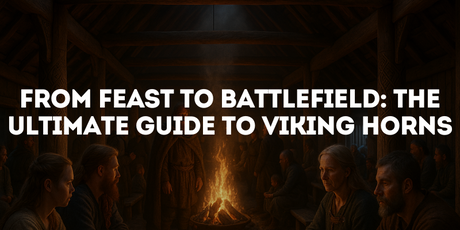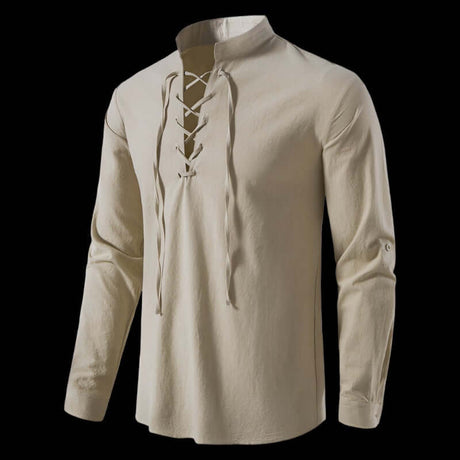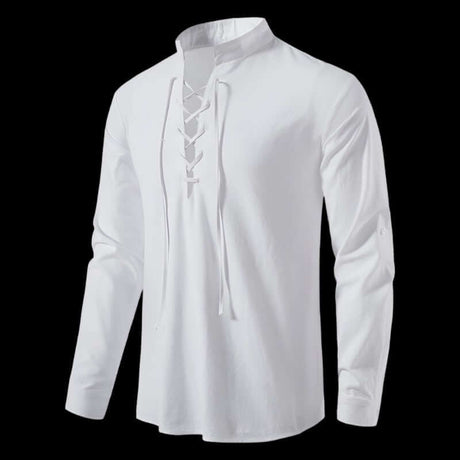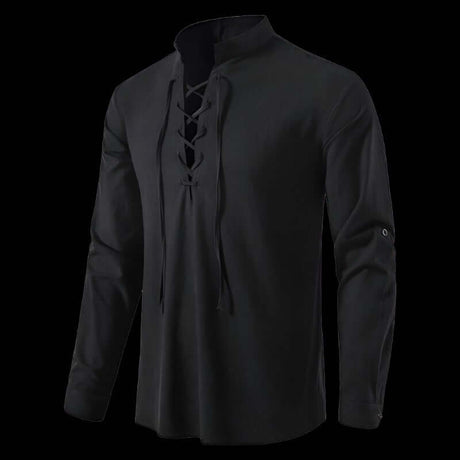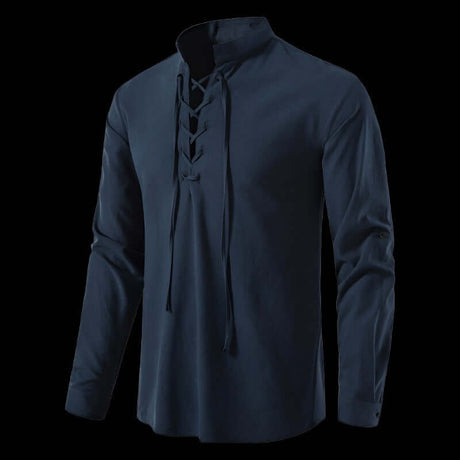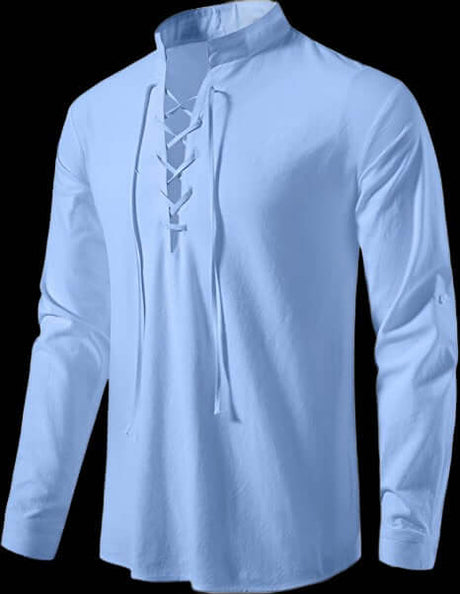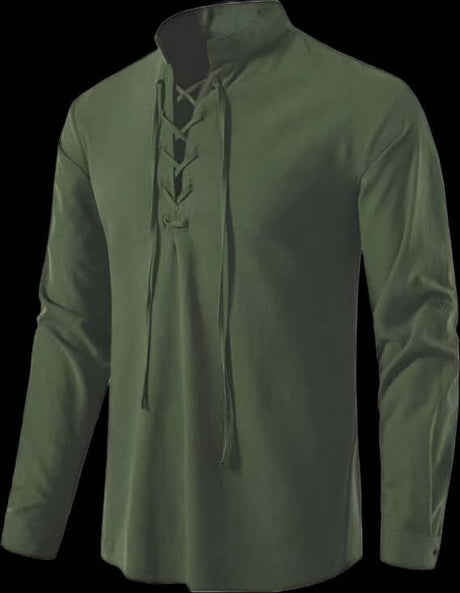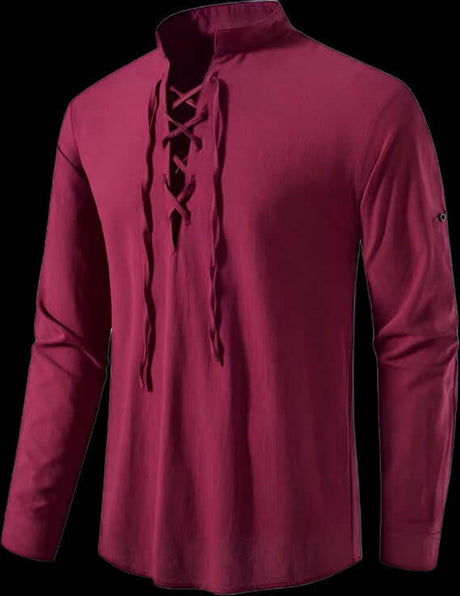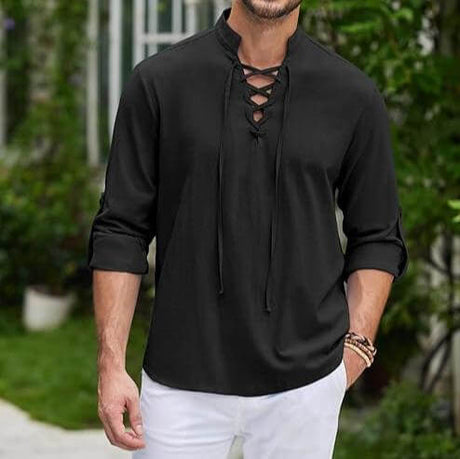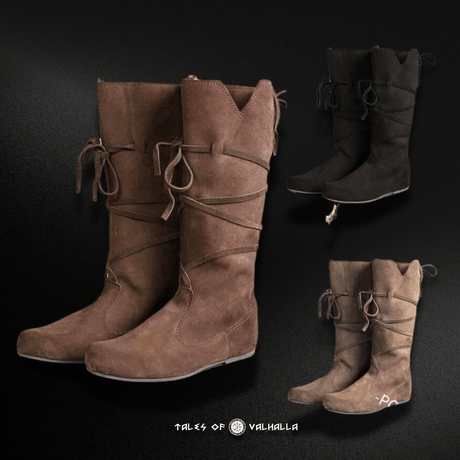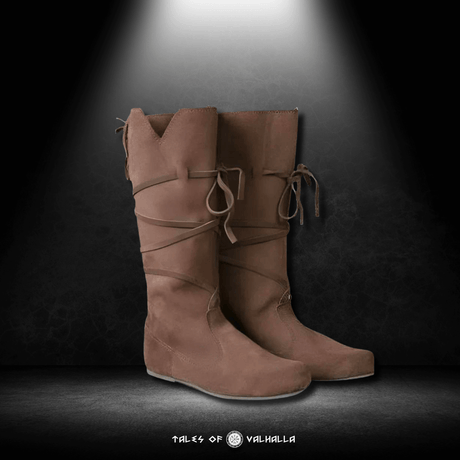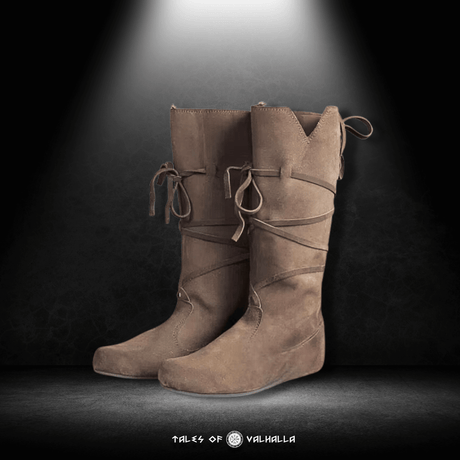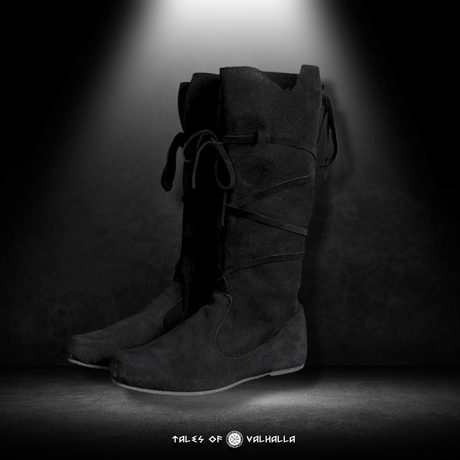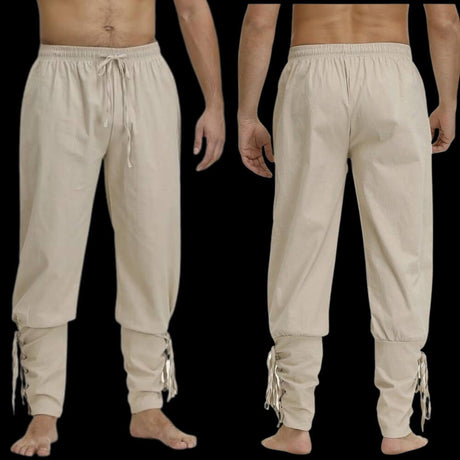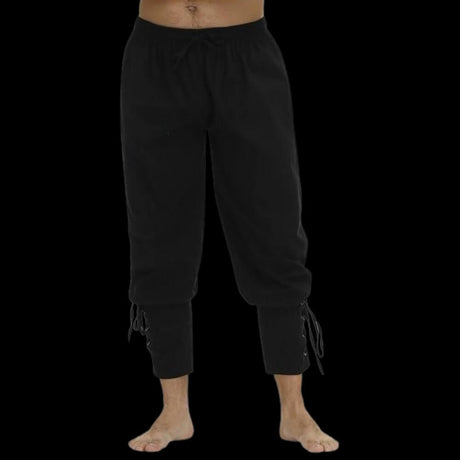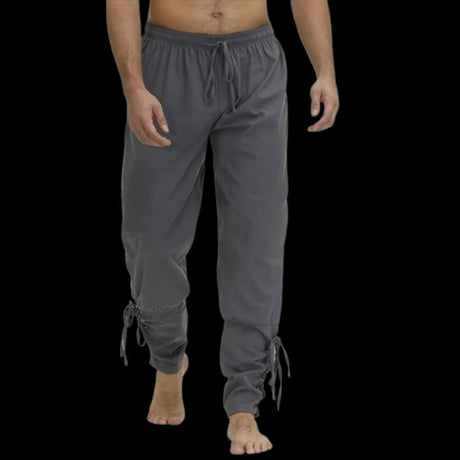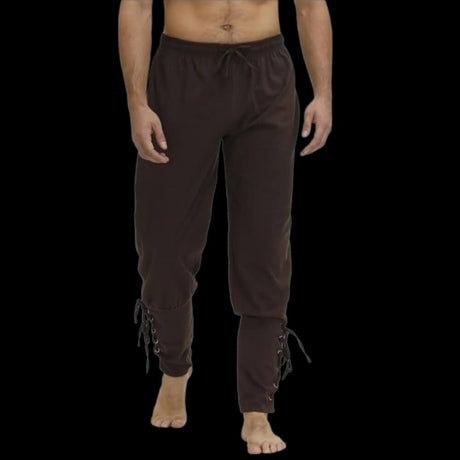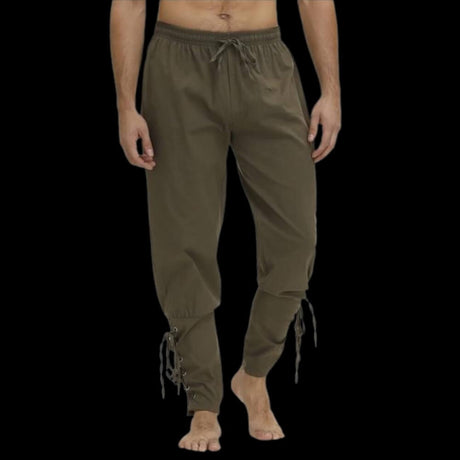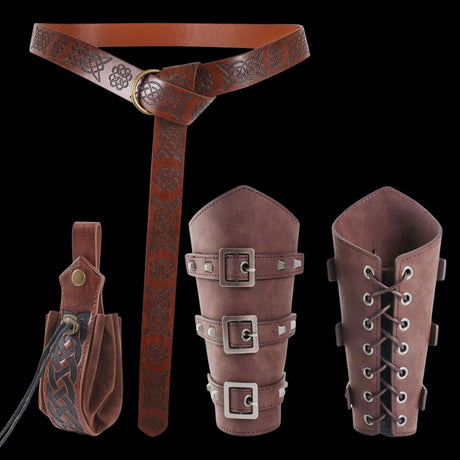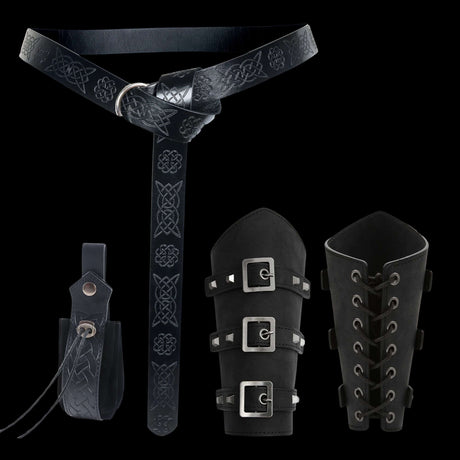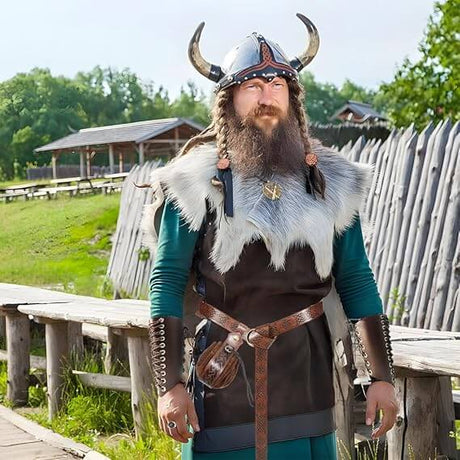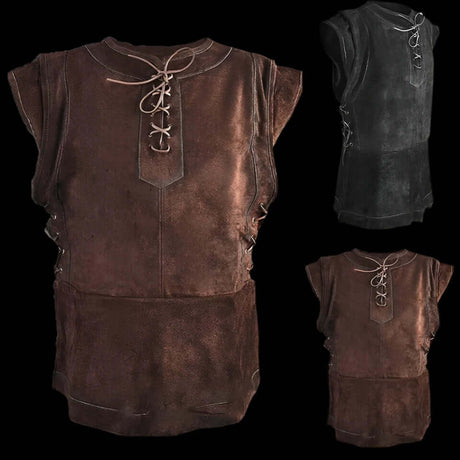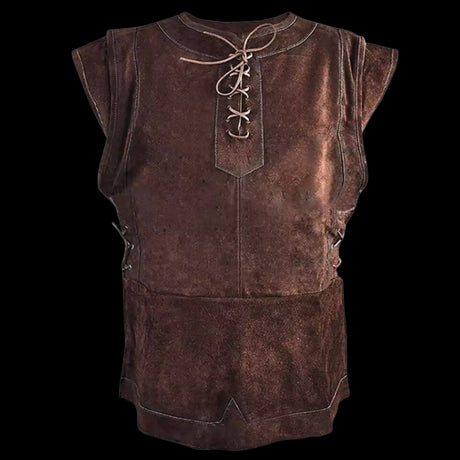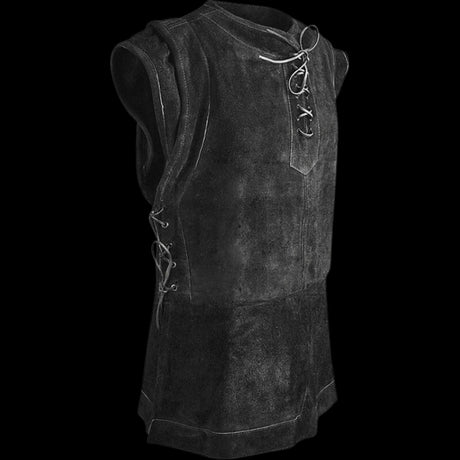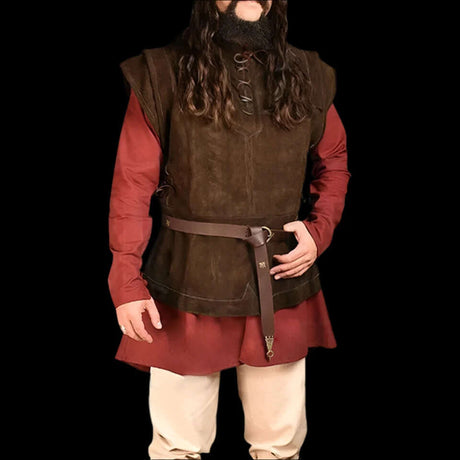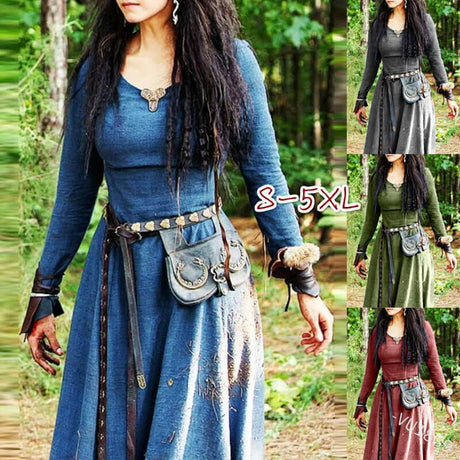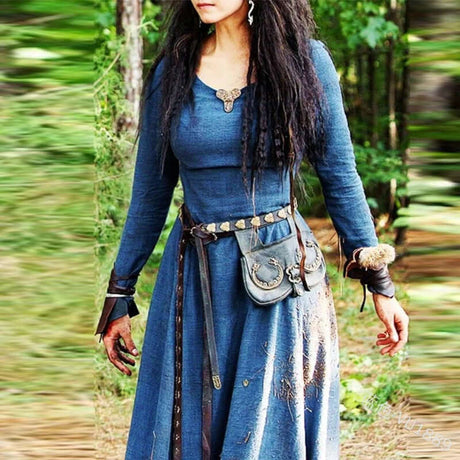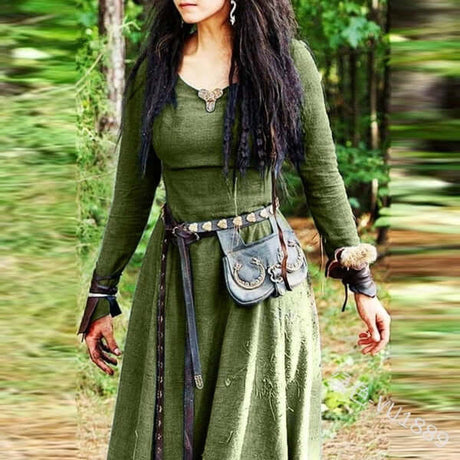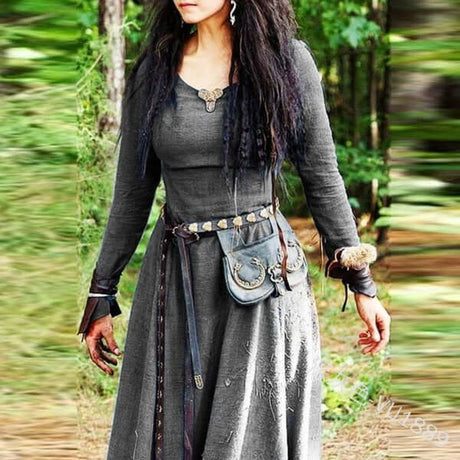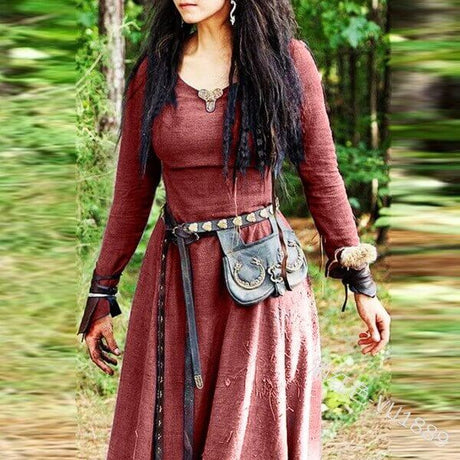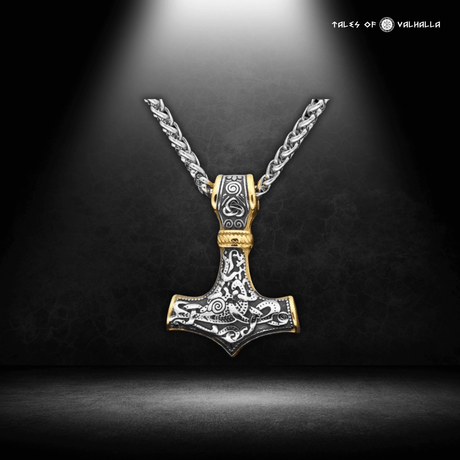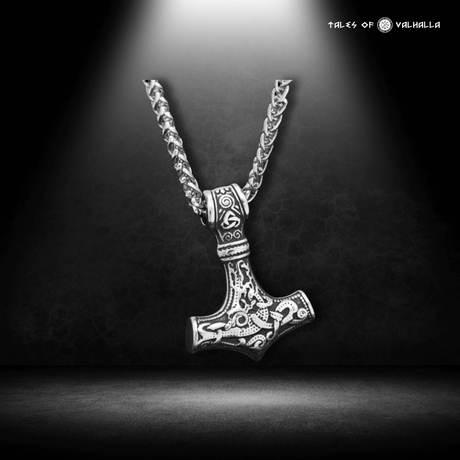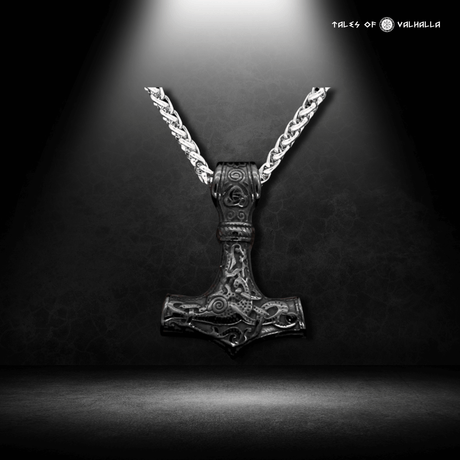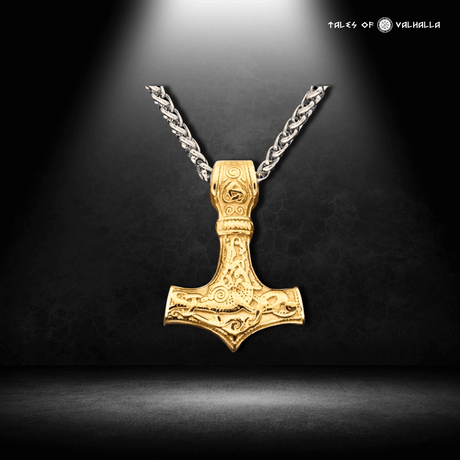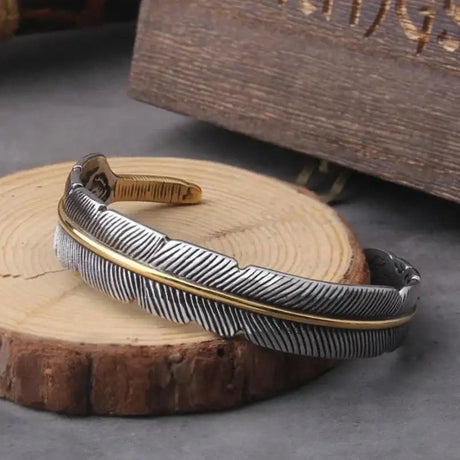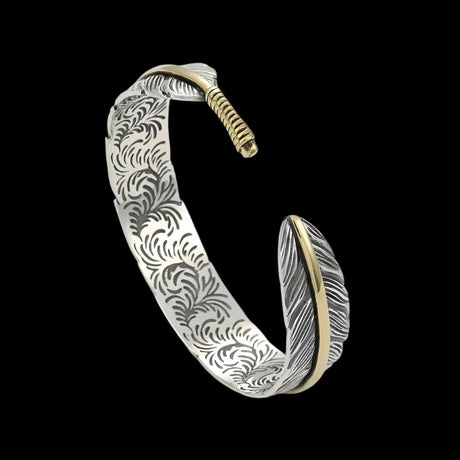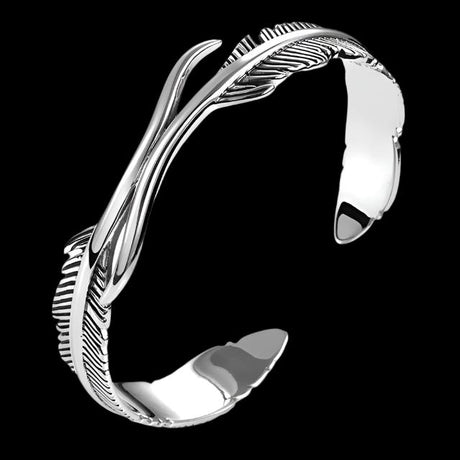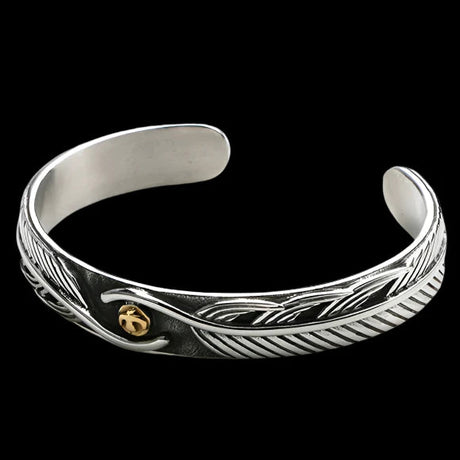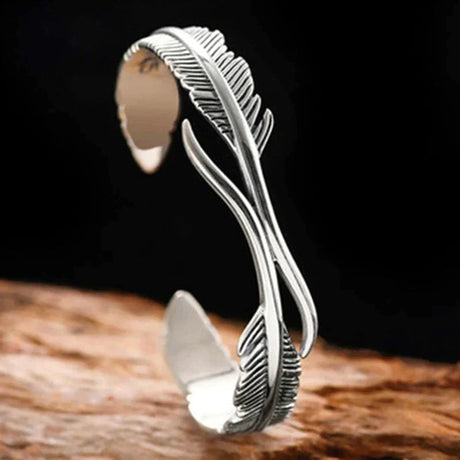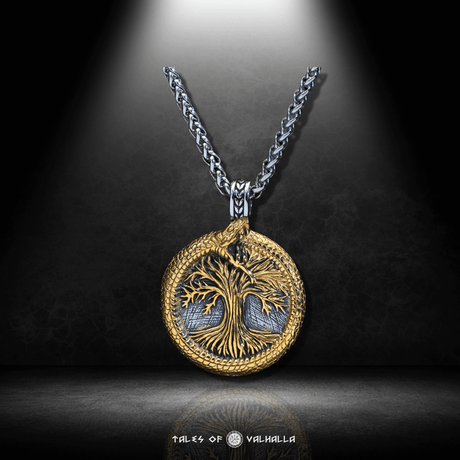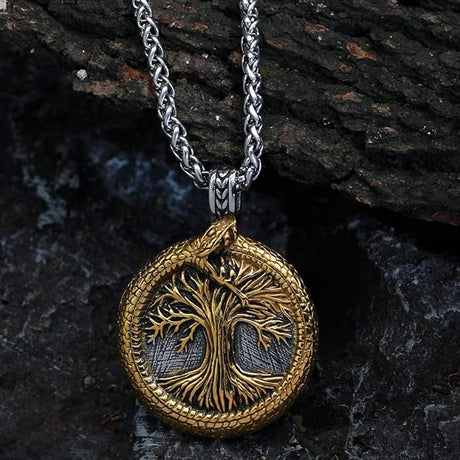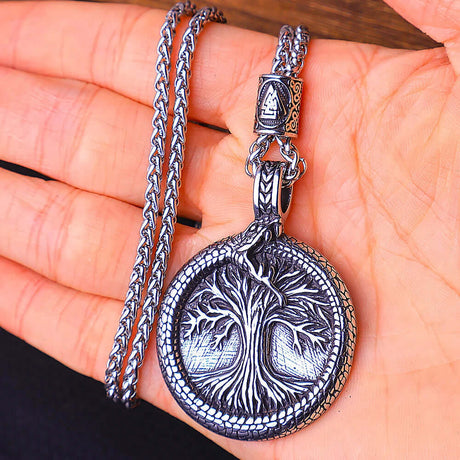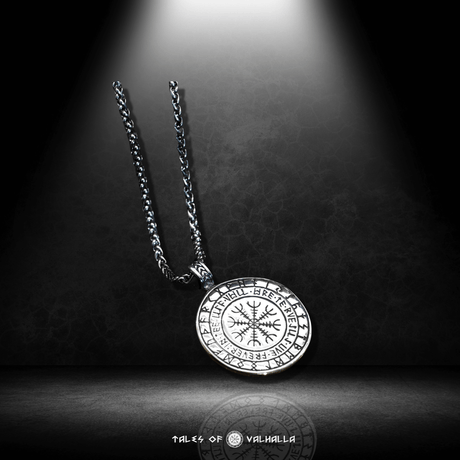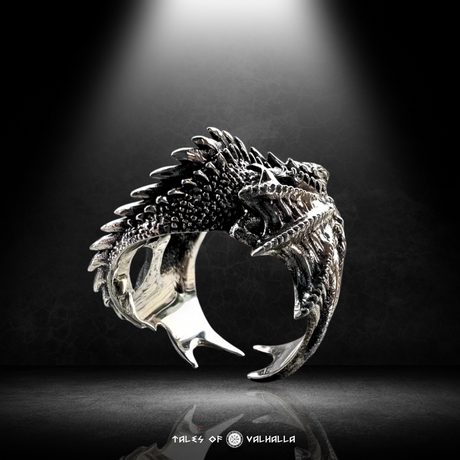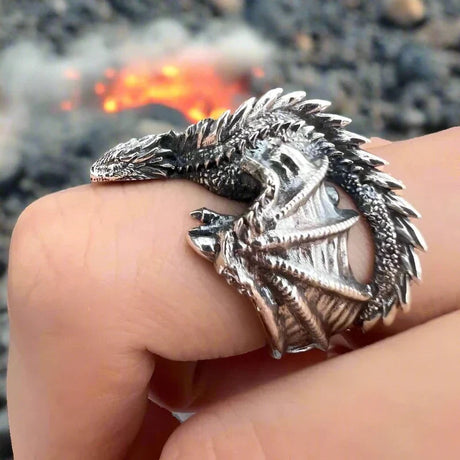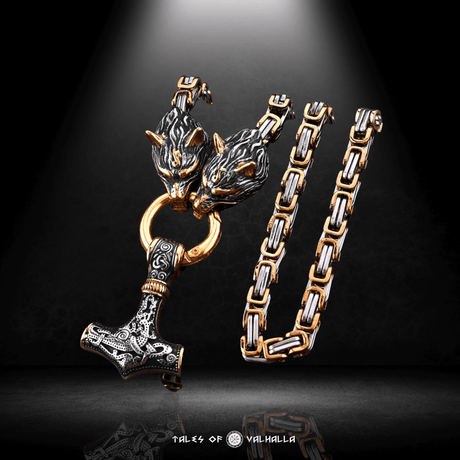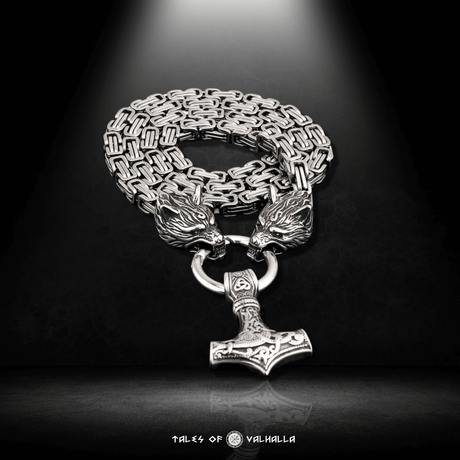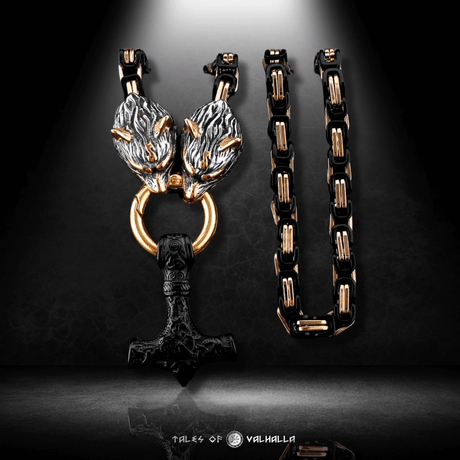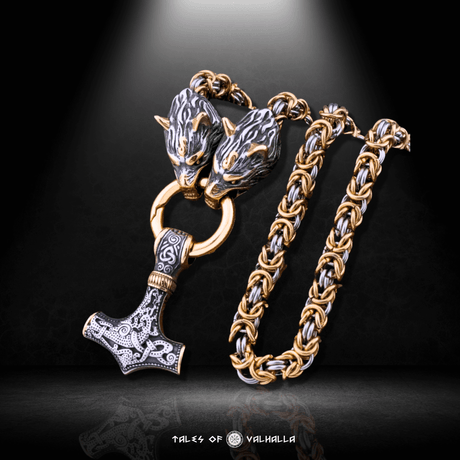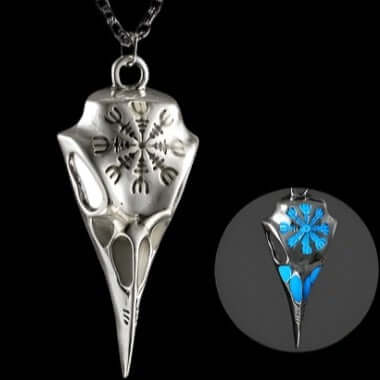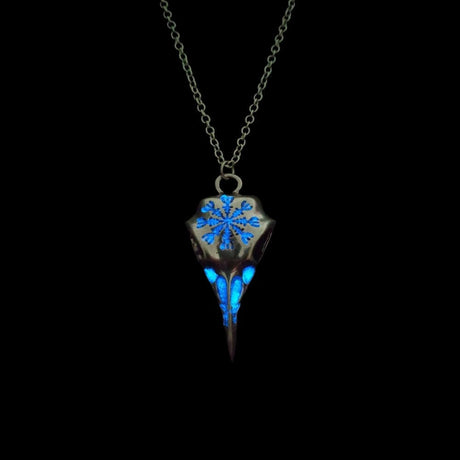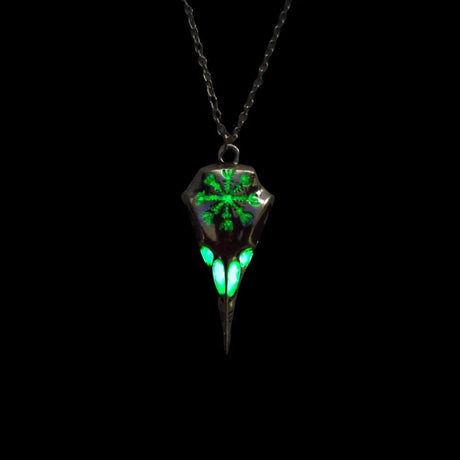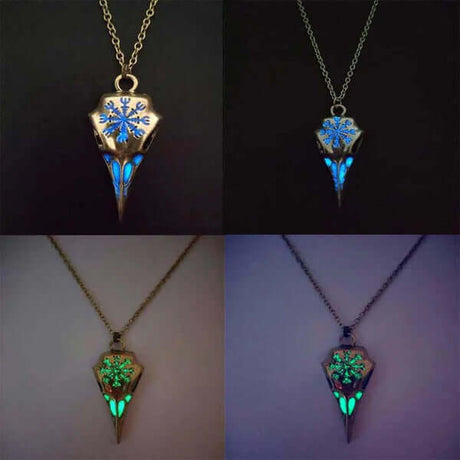The raw power and intricate beauty of Norse culture have surged into the modern consciousness, and nowhere is this more evident than in the rising popularity of Viking tattoos. These are not just fleeting trends; they are powerful statements, deeply personal emblems of strength, heritage, and a connection to a legendary past. From the bold lines of a warrior's axe to the mystical whisper of a runic inscription, Viking tattoos offer a unique way to wear a story on your skin.
But what is the truth behind these powerful designs? Did Vikings really adorn themselves with the elaborate ink we see today? What do these ancient symbols truly mean? This ultimate guide will take you on a journey "from runes to ink," exploring the historical evidence, delving into the rich symbolism of Norse art, and showcasing the most compelling design ideas for modern Viking tattoos. Whether you are of Scandinavian descent or simply drawn to the indomitable spirit of the Norsemen, prepare to discover the perfect way to forge your own saga in ink.
The Historical Question: Did Vikings Really Have Tattoos?
Before we dive into modern designs, we must address the fundamental question: Is the heavily inked Viking a historical reality or a pop culture invention? The answer, like much of Viking history, lies in a fascinating gray area between tantalizing clues and a lack of definitive proof.

The Historical Question: Did Vikings Really Have Tattoos?
Sifting Through the Evidence
The primary challenge in confirming the widespread practice of Viking tattoos is that skin, unlike bone or metal, rarely survives a thousand years in the archaeological record. Without preserved bodies, we must piece together clues from other sources.
- The Account of Ahmad Ibn Fadlan: The most significant piece of written evidence comes from a 10th-century Arab diplomat, Ahmad Ibn Fadlan. While traveling along the Volga River, he encountered a group of Rus' people (widely believed to be Scandinavian Vikings). He described them vividly: "From the tips of their toes to their necks, each man is covered in dark-green [or dark blue-green] trees, figures, and the like." Many historians and enthusiasts interpret this as a clear description of extensive tattooing.
- Archaeological Clues: While no tattooed Viking skin has been found, archaeologists have unearthed small, sharp implements that could have been used for tattooing. However, these tools might also have been used for leatherworking or other crafts, making this evidence circumstantial.
- The Cultural Context: Body adornment was clearly important to Vikings. They were renowned for their intricate jewelry, decorated weapons, and styled hair. Given their interactions with other cultures known to practice body art (like the Picts and some Slavic tribes), it is highly plausible that tattooing was part of their cultural repertoire.
The Verdict: A Plausible Tradition
While we lack the "smoking gun" of a preserved tattooed Viking, the combination of Ibn Fadlan's compelling eyewitness account and the broader cultural context makes it very likely that Viking tattoos did exist. They were probably created using a hand-poked method with natural pigments like soot, and while perhaps not as universal or elaborate as some modern depictions, they were almost certainly a real practice for some Norse people.
The 'Why' Behind the Ink: Modern Motivations for Getting Viking Tattoos
In the 21st century, the choice to get a Viking tattoo is a deeply personal one, driven by a range of powerful motivations that resonate strongly in the United States.
A Connection to Heritage and Ancestry
For many Americans of Scandinavian descent, getting a Viking tattoo is a profound way to connect with their roots. It’s a permanent and personal acknowledgment of their heritage, a way to honor the resilience and spirit of their ancestors. This type of Viking tattoo is more than art; it's a statement of identity.
Emblems of Strength, Resilience, and Courage
The Viking warrior ethos, with its emphasis on courage in the face of hardship, resonates powerfully today. A Viking tattoo can serve as a personal talisman, a symbol of one's own inner strength and determination to overcome life's battles, big and small.
A Love for Norse Mythology and Art
The Norse myths are epic tales of gods, giants, and heroes, while Viking art is characterized by its intricate knotwork and powerful animal motifs. Many are drawn to Viking tattoos simply out of a deep appreciation for this rich artistic and mythological legacy.
A Statement of Individuality
In a world of fast-fashion trends, Viking tattoos offer something timeless and steeped in meaning. They are a declaration of individuality, a choice to wear a symbol that carries the weight of history and the power of legend.
A Lexicon of Legends: Popular Symbols for Viking Tattoos and Their Meanings
The power of Viking tattoos lies in their rich symbolism. Choosing a design becomes far more meaningful when you understand the story behind it. Here are some of the most significant symbols.
Symbols of Divine Power and Protection
- Mjölnir (Thor's Hammer): Arguably the most iconic Norse symbol. It represents the immense power of Thor, the god of thunder, and is a potent emblem of protection, strength, and consecration. A Mjölnir tattoo is a classic choice for those seeking to invoke Thor's protective might.
- Valknut: This symbol of three interlocking triangles is deeply associated with Odin. Its exact meaning is debated, but it is often linked to the slain warriors chosen by Odin, the afterlife (Valhalla), and the mysteries of life and death. A Valknut tattoo signifies a connection to Odin and a respect for the warrior's path.
- Aegishjalmur (The Helm of Awe): An Icelandic magical stave consisting of eight armed "tridents" radiating from a central point. It was believed to grant protection and invincibility while instilling fear in one's enemies. This is one of the most popular Viking tattoos for those seeking a symbol of personal power and defense.
Cosmic and Natural Symbols
- Yggdrasil (The World Tree): The colossal ash tree that connects the Nine Worlds of Norse cosmology. A tattoo of Yggdrasil symbolizes interconnectedness, the cosmos, the cycle of life and death, and wisdom. It is a profound and visually stunning choice for a large piece.
- The Web of Wyrd (Skuld's Net): A symbol representing the concept of fate, woven by the Norns. It signifies that all events and destinies are interconnected. A Web of Wyrd tattoo acknowledges the power of fate and the intricate connections of life.
- Ravens (Huginn & Muninn): Odin's two ravens, whose names mean "Thought" and "Memory." They flew across the world each day to bring information back to the Allfather. A raven tattoo symbolizes wisdom, knowledge, insight, and a connection to the divine messenger.
- Wolves (Fenrir, Geri & Freki): Wolves hold a dual symbolism. They can represent wildness, chaos, and destruction (like the monstrous Fenrir), but also ferocity, loyalty, and strength (like Odin's companions, Geri and Freki). The choice of depiction heavily influences the meaning.
The Power of Runes in Viking Tattoos
Runes were the Viking alphabet, but they were also believed to hold inherent magical and symbolic power. Runic Viking tattoos are incredibly popular for their authentic feel and personal significance.
Single Runes: Each rune has a name and a set of meanings. Popular choices include:
- Tiwaz (ᛏ): The rune of the god Tyr, symbolizing victory, justice, and self-sacrifice.
- Algiz (ᛉ): A powerful rune of protection and defense.
- Othala (ᛟ): Representing heritage, ancestry, and homeland.
Bindrunes: A bindrune is a personal sigil created by combining two or more runes. This allows for the creation of a highly personalized Viking tattoo with a specific, layered meaning intended by the wearer.
Post-Viking Symbols: An Important Distinction
Some very popular symbols associated with Viking tattoos actually originate from Icelandic manuscripts written after the Viking Age.
-
Vegvisir (The Runic Compass): This stave, said to ensure the bearer never loses their way, is from the 17th-century Huld Manuscript. While not historically Viking Age, its powerful meaning and Norse aesthetic have made it one of the most beloved designs in modern Viking tattoos. It's important to appreciate it as a piece of Icelandic folk magic inspired by the older traditions.
Story Vignette 1: Mark's Sleeve of Meaning Mark, a firefighter in Chicago, decided his first major tattoo would be a full sleeve. He wanted more than just art; he wanted a story. Drawn to his Scandinavian heritage, he chose to create a narrative of Viking tattoos. He worked with his artist for months. The base of the sleeve was the gnarled bark of Yggdrasil, symbolizing his connection to family and life's cycles. Woven into the roots was the Algiz rune for protection, a nod to his dangerous profession. Higher up, on his shoulder, a raven (Huginn) perched, representing the thought and strategy needed to navigate emergencies. His forearm bore a powerful Mjölnir, a symbol of the strength required to do his job. For Mark, his collection of Viking tattoos wasn't just a sleeve; it was his personal saga, a reflection of his values, his heritage, and his life's work.
Weaving the Saga on Skin: Popular Styles for Viking Tattoos
The beauty of Viking tattoos lies in their adaptability to various modern artistic styles. This allows for a huge range of personal expression.

Weaving the Saga on Skin: Popular Styles for Viking Tattoos
Norse Traditional & Blackwork
This style attempts to closely emulate the art found on Viking Age runestones, jewelry, and wood carvings. It is characterized by:
- Bold Black Lines: Creating strong, defined shapes.
- Intricate Knotwork: Emphasizing the interwoven patterns of Viking art.
- Stylized Animals: Depicting ravens, wolves, and serpents in the characteristic "gripping beast" or other Norse styles. This style offers an authentic, powerful aesthetic for any Viking tattoo.
Realistic & Illustrative
This style uses modern tattooing techniques to create highly detailed, lifelike images.
- Depicting Gods and Warriors: Creating realistic portraits of Odin, Thor, or a fierce Viking warrior.
- Mythological Scenes: Tattooing entire scenes from Norse mythology, such as Thor fishing for Jörmungandr or Odin hanging from Yggdrasil.
- Combining Elements: Blending realistic figures with symbolic backgrounds like knotwork or runes.
Dotwork & Geometric
This style uses thousands of tiny dots to create shading and intricate patterns.
- Intricate Symbolism: It is perfectly suited for creating complex geometric symbols like the Helm of Awe or the Web of Wyrd.
- Subtle Shading: Dotwork can create a unique texture and depth that gives Viking tattoos a subtle, almost ancient feel.
Minimalist
For those who prefer a more understated look, minimalist Viking tattoos offer a powerful option.
- Simple Outlines: A clean, simple outline of Mjölnir, a single rune, or a simplified longship.
- Subtle Placement: Often placed on the wrist, behind the ear, or on the ankle.
- Meaning Over Size: Proves that a Viking tattoo doesn't have to be large to be meaningful.
Common Placements and Design Ideas
Where you place your Viking tattoo can enhance its meaning and aesthetic impact.
- The Viking Sleeve Tattoo: This is a very popular choice for men and women, allowing for a combination of multiple symbols (e.g., Yggdrasil, runes, animal motifs) to be woven into a single, cohesive narrative that wraps around the arm.
- Back and Chest Pieces: These large canvases are ideal for epic, detailed scenes. A full back piece of Yggdrasil or a battle scene can be breathtaking. The chest is a powerful placement for symmetrical designs like the Helm of Awe or crossed axes.
- Forearm and Calf: These areas are perfect for single, powerful symbols like Mjölnir or a Valknut, or for vertical runic inscriptions.
- Hands, Fingers, and Neck: These are bold, highly visible placements for smaller Viking tattoos like single runes or minimalist symbols, making a constant statement.
Story Vignette 2: Elara's Runic Spine Elara, a yoga instructor and writer in Austin, Texas, wanted a Viking tattoo that was both personal and powerful, but also elegant. She chose a runic inscription to be tattooed down her spine. Working with a Norse scholar and her artist, she crafted a phrase in Younger Futhark: "Vér sköpum okkur sjálf" (We shape ourselves). For her, it was the ultimate feminist Viking statement. The tattoo was her secret source of strength. During her practice, as she moved through poses, she felt the line of runes as a column of energy, a reminder of her own agency and her ability to write her own story, just as the Vikings carved their destinies in stone and saga.
The Modern Tattoo Market: The Rise of the Viking Aesthetic
The demand for Viking tattoos has exploded in recent years, becoming a significant subgenre in the tattoo world.
Your Quest: Finding the Right Artist for Your Viking Tattoo
Getting a meaningful Viking tattoo requires more than just choosing a design; it requires choosing the right artist.
- Research Their Portfolio: Look for an artist who specializes in or has a strong portfolio of Norse, Celtic, or blackwork tattoos. Check their linework, shading, and understanding of the style.
- The Importance of Consultation: A good artist will consult with you about your ideas. They should be knowledgeable enough to offer advice on placement, style, and even the historical accuracy of certain symbols.
- Respect and Responsibility: Choose an artist who respects the culture. They should be aware of problematic symbols and be willing to guide you toward a design that is both beautiful and respectful. A true artist will help you create the best Viking tattoo for you.
Conclusion: From Runes to Ink, A Personal Saga
Viking tattoos are a powerful bridge between the ancient past and modern self-expression. They are a way to carry the stories, symbols, and spirit of the Norse people with you. From the protective might of Mjölnir to the intricate mysteries of knotwork and the personal power of a bindrune, each design offers a unique way to connect with a legacy of strength, resilience, and artistry.
The journey "From Runes to Ink" is a personal one, requiring research, respect for the source culture, and collaboration with a skilled artist. For those ready to explore the authentic lore and find inspiration for their own saga, resources like tales of valhalla are an excellent place to continue your adventure. Ultimately, a well-chosen Viking tattoo is more than just body art; it’s a piece of a saga written on your skin, an echo of history, and a powerful symbol of your own story.
6 FAQs About Viking Tattoos
1. Q: Did Vikings actually have tattoos?
A: While there is no preserved tattooed Viking skin, it is considered highly plausible. The strongest evidence comes from a 10th-century account by Arab diplomat Ibn Fadlan, who described the Rus' (likely Vikings) he met as being covered in dark, tree-like patterns from "fingernails to neck." Combined with their love for body adornment (jewelry, etc.), it's very likely they practiced some form of tattooing.
2. Q: What are some popular Viking tattoo symbols and what do they mean?
A: Many popular Viking tattoos are rich with meaning. Some common examples include:
- Mjölnir (Thor's Hammer): Symbolizes strength, protection, and the power of Thor.
- Valknut: Represents Odin, the afterlife (Valhalla), and the fate of slain warriors.
- Ravens (Huginn & Muninn): Symbolize wisdom, thought, and memory, as they are Odin's messengers.
- Yggdrasil (The World Tree): Represents the interconnectedness of the cosmos, life, and destiny.
3. Q: Are all "Viking" tattoo symbols historically accurate to the Viking Age?
A: No, and it's an important distinction. While many symbols like Mjölnir are authentically from the Viking Age, some of the most popular designs today, like the Vegvisir (Runic Compass) and the Aegishjalmur (Helm of Awe), first appear in Icelandic magical manuscripts from the 17th century, hundreds of years after the Viking Age ended. They are part of Icelandic folk magic inspired by Norse heritage, but not historically Viking.
4. Q: Are there any Viking symbols I should avoid getting tattooed?
A: Yes, this is crucial. Some ancient Norse and Germanic symbols have been co-opted by modern hate groups. It is vital to research your chosen design thoroughly. Be particularly cautious with certain interpretations of runes and symbols like the Valknut, which has been used by some extremist groups, to ensure you are not unintentionally displaying a symbol of hate. Always consult with a knowledgeable and responsible artist.
5. Q: What are some popular artistic styles for Viking tattoos?
A: Viking tattoos are incredibly versatile and work well in many styles. Popular choices include:
- Norse Traditional/Blackwork: Uses bold, black lines to emulate the style of Viking Age carvings.
- Realistic: Creates detailed, lifelike portraits of gods, warriors, or mythological scenes.
- Dotwork: Uses dots to create intricate shading and patterns, perfect for complex symbols.
- Minimalist: Uses clean, simple lines for a more subtle and modern take on a rune or symbol.
6. Q: Is it cultural appropriation for me to get a Viking tattoo if I don't have Scandinavian heritage?
A: Generally, no, as long as it is done with respect. Viking culture has had a wide-reaching global influence. The key is appreciation versus appropriation. If you take the time to understand the history, respect the meaning of the symbols you choose, and are not using them to mock or trivialize the culture, it is widely seen as a form of appreciation for the art and history.


